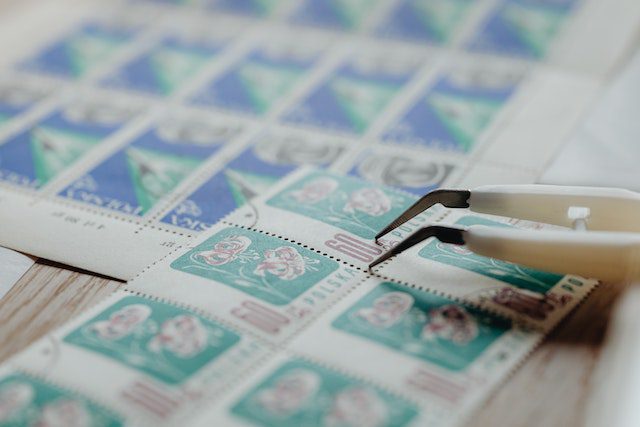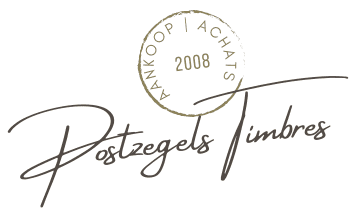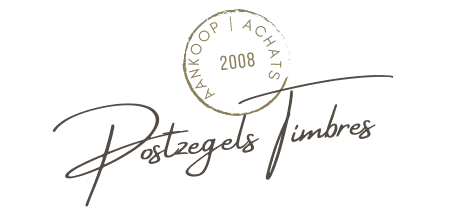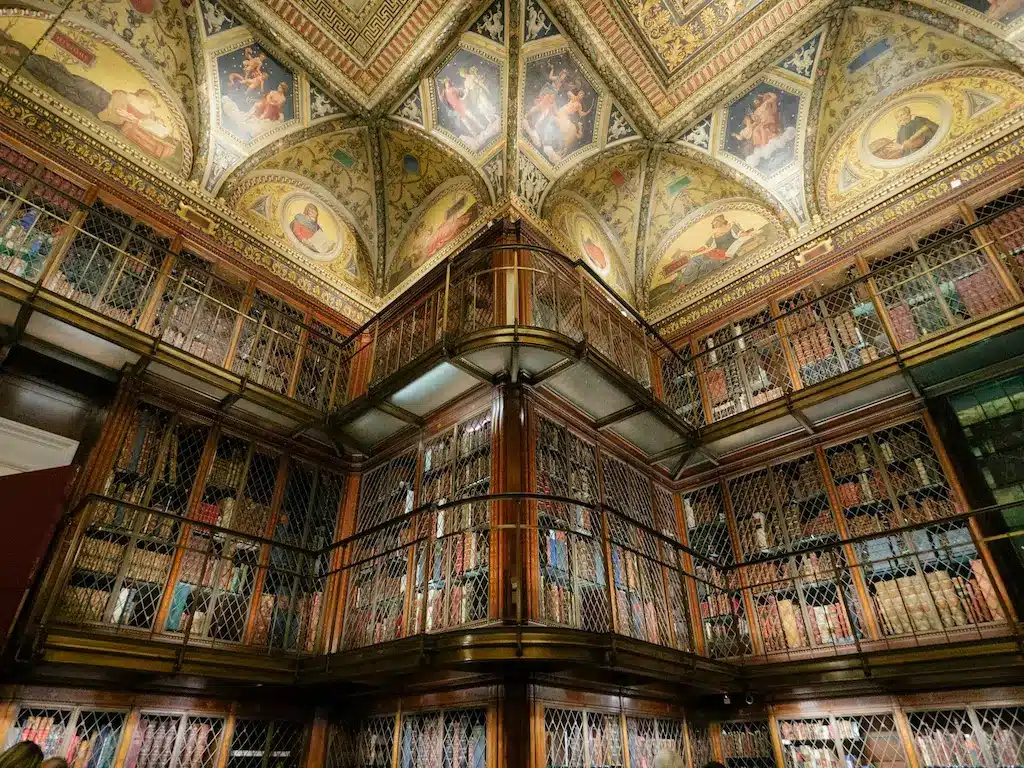Collection stamps rarity and value. The value of a collection of stamps is in fact based on several criteria: rarity , quality, demand. Since the 19th century, stamps have been issued by governments around the world for other purposes than that of postal transport, in particular to promote various causes, commemorate historical successes, support organizations benefiting public funds, and much more.
Collection stamps have become popular since the beginning of the 20th century, because a large number of people buy rare and ancient stamps for their rarity and intrinsic value.
Rare stamps are considered to be desired collectibles because they represent not only an important part of world history, but can also be very precious and profitable on the market of rare and old parts.
Summary
ToggleThe different types of stamps
There are many types of different stamps, each with their own rarity and relative value. Some of the most common types of stamps are:
-
- Local stamp These stamps are issued by countries that are not part of the international postal system and can be very rare and precious.
-
- Memorabilia: These stamps are issued to celebrate or commemorate special events, birthdays or celebrations.
-
- Semi-postal stamp: This type of stamp is issued for humanitarian or charitable purposes and generally includes an additional tax.
-
- Air post: These stamps are issued to pay the air transport of parcels and letters.
-
- Tax stamp: These stamps are used to pay various taxes and taxes and are known for their rarity and their value.
How to find rare and collection stamps
There are many ways to find rare and high value collector stamps The most common ways are:
- Specialists in stamps: There are specialized stores that sell old and rare stamps. They can provide information on the different types of stamps and their approximate value.
- Auction: Auction is an excellent source to obtain rare and superior quality stamps. Many websites offer online auctions and regular stamp fairs where stamp enthusiasts can buy and sell rare stamps.
- Philatelic scholarships: Philatelic scholarships are exhibitions and salons organized by clubs and associations in order to sell and buy stamps. They often bring together buyers and sellers around the world and can be an excellent source to find rare and precious stamps.

Collection stamps: The stamp collection process
Timples collection is a complex process that requires a lot of effort and time. Here are some tips for those who want to start collecting stamps:
-
- Planning: Before starting to collect stamps, it is important to plan the collection by determining the type of collection (for example, countries, theme, etc.), the budget available and the time estimated for this exciting activity.
-
- Understanding the stamp market: having a good idea of the stamp market is essential to be able to buy and sell intelligently. It is important to familiarize yourself with the terms linked to the stamp world and to understand the various factors that can affect the value of stamps.
-
- Investment in collection materials: Invest in collection materials and accessories such as stamp albums, storage boxes, protective sheets and measurement tools is important to protect and preserve the quality of stamps.
-
- Organization: Once the stamps are acquired, it is important to organize them properly in albums or storage boxes. This will help keep track of the collection and facilitate the search for certain parts.
Collection stamps are a fascinating and exciting form of crafts that reflect the history and culture of countries around the world.
Collecting stamps can be very entertaining and lucrative, but it also requires in -depth planning and understanding of the stamp market to buy and sell intelligently.
With a little time, patience and determination, anyone interested in philately can take advantage of the richness of the stamp collection .





